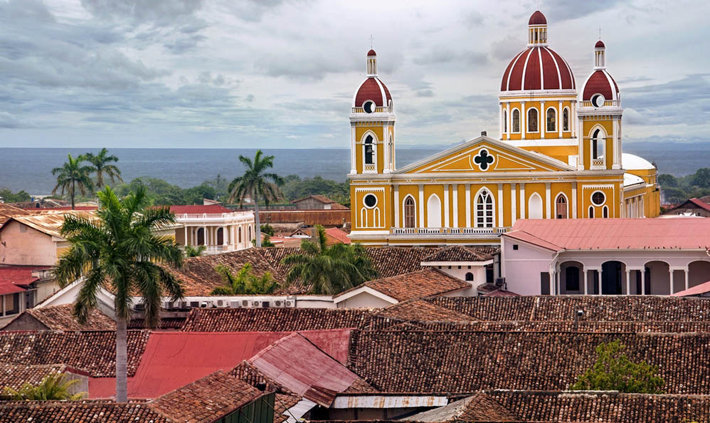Nicaragua Drug Addiction

Nicaragua, like most other Central American countries, lies directly on the route of scores of tons of Colombian cocaine making its way to North America and Europe. Much of this cocaine travels overland through at least part of Central America, though some may be repackaged for sea or air shipment at any point along the line.
All of Central America suffers from a weak law enforcement and political infrastructure that could fight the problems of drug trafficking, substance abuse and addiction. The many civil wars in the area absorbed resources and put those in law enforcement positions in shaky relationships with the populace. In Nicaragua in particular, many of those in the police after the cessation of civil war had been accused of atrocities during the conflict. Perhaps it’s understandable that Nicaraguans may not want to contact police if they are the victims of crime.
Nicaragua also suffered severe setbacks due to a massive earthquake in 1992 that destroyed nearly 90 percent of Managua, the capital city and the residence of about one-quarter of the population. A disaster like this meant that problems like drug trafficking and addiction would have to wait until the infrastructure was restored.
Last Few Years Have Seen Traffickers Branching out into Synthetic Drugs
The passage of cocaine through the country has been a constant for many years. But the increase of amphetamine seizures and the dismantling of clandestine methamphetamine labs are something newer.
In 2009, government agents in Nicaragua seized nearly 10 tons of cocaine, 56 kg of amphetamine and 372 kg of pseudoephedrine to be used in the manufacture of methamphetamine. Small amounts of heroin were also seized. Three methamphetamine labs have been discovered, but the latest one that was discovered was the largest yet, with a capacity of more than 70 kg per production cycle.
Not Only Drugs are Trafficked Through Nicaragua: Money and Arms are Part of the Problem
Yes, drugs travel north toward the U.S. and may be shipped by air or sea to Europe. But an equally common problem in Nicaragua is the trafficking of arms back into Central or South American countries and the transfer of drug sale proceeds through Nicaraguan banks or by the movement of cash. Traffickers use the Pan-American Highway both for moving drugs north and for the shipment of currency and arms, mostly in vehicles with hidden compartments called “caletas.”
Youth in Particular Suffer from Increased Drug Abuse and Addiction
Drug trafficking is heavier on the north coast of Nicaragua, the Caribbean side. On this side of the country, drug consumption is also heavier. One foundation that works on behalf of drug addicts estimated that there are 300,000 drug users in this country of fewer than six million people. This is a 300 percent increase in the last five years. Half of these drug users are found in the country’s high schools and universities.
The government of Nicaragua has recently supported the expansion of drug education efforts for its youth. In 2009, these efforts reached nearly 21,000 students.
It Takes Time and Support to Build a New Drug-Free Life
Nicaragua’s social problems, such as untrustworthy law enforcement, few services for its citizens and widespread poverty mean that few Nicaraguans find publicly-funded addiction treatment programs when they become addicted. Non-government organizations funded by churches or foundations recruit volunteers to help those who need drug rehab.
Around the world, Narconon programs enable people who need drug rehabilitation to find a bright new future. But it does not happen overnight and it doesn’t happen because a new drug was prescribed to replace the old one. It happens when a person’s health is restored to them, when their bodies are cleansed of drug residues that can be involved in triggering cravings and when they learn how to deal with the life issues that may have started them using drugs in the first place.
A drug treatment center that will succeed will also offer a component that enables a drug addict to recover his self-esteem and pride, qualities that are normally lost after a slide into addiction. These are the recovery factors around which the Narconon drug and alcohol rehabilitation program is built. In some forty centers around the world, addicts are learning to live drug-free by completing the Narconon program.
 ®
®